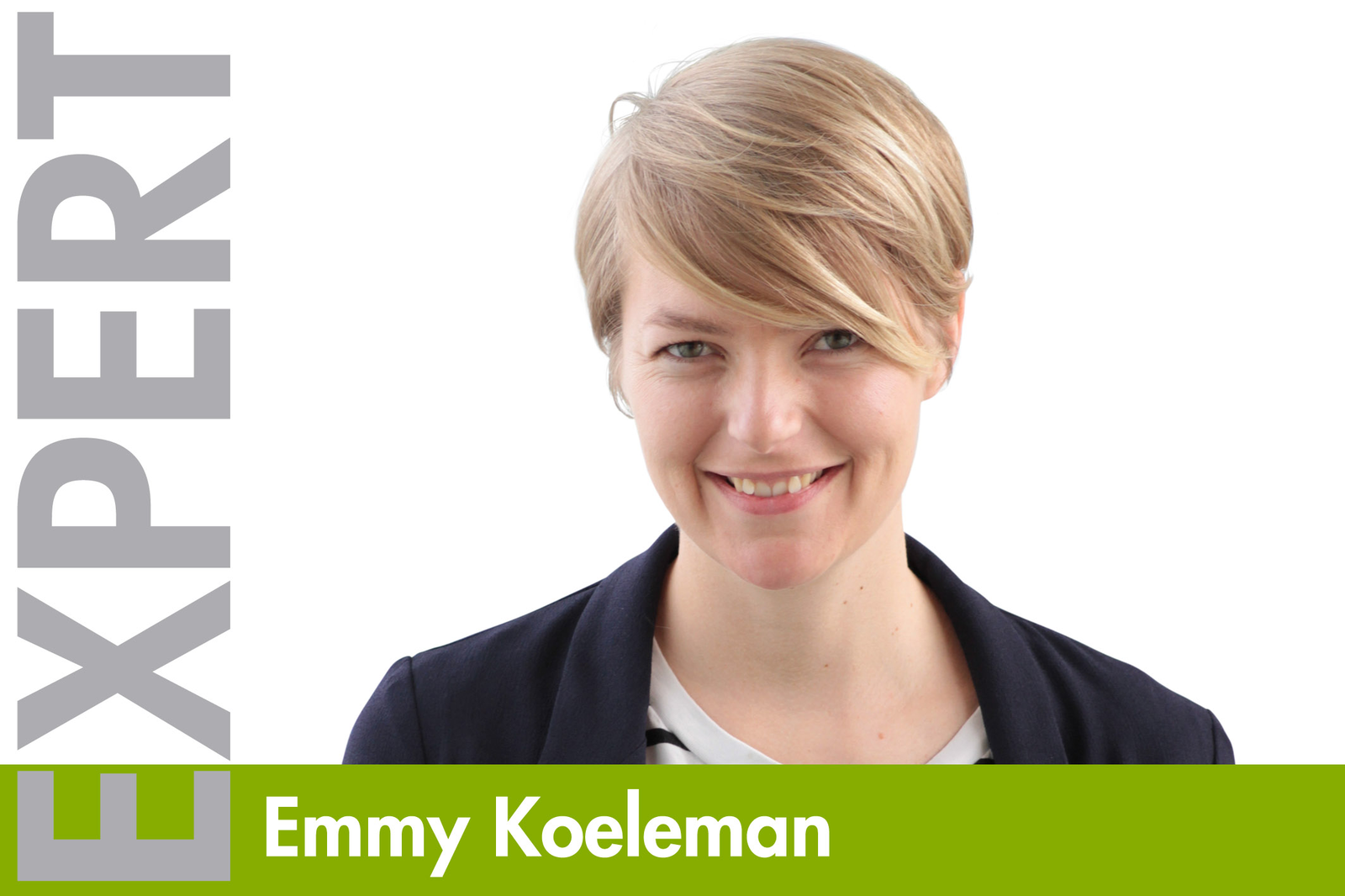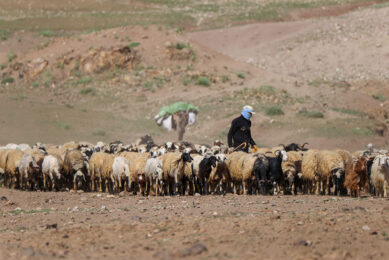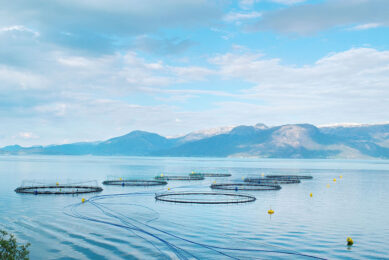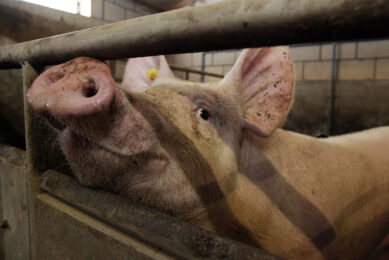Action needed to sustain(ability)

Sustainability is a frequently heard theme in pretty much every industry. But in the livestock sector, the theme is often misused or translated wrong. So what does it mean and what are we talking about?
At the World Nutrition Forum, which kicked off yesterday, the organiser Biomin chose to make ‘Sustainability’ the main theme of the event. Not a bad choice, as it is about time that everyone in agriculture got on the same page when it comes to this topic. For example, is the high performing dairy cow the supermodel for sustainability? This question (and brain teaser) was raised by Michael Erder, CEO Biomin Americas in his opening presentation. And should we only go for efficiency and hence push this to the edge?
It really depends, said Erber. “We already achieved many things if we compare our current status to the agricultural sector in the early 40s. In the dairy industry, we have reduced water use by 65% and brought the carbon footprint down considerably as well. So it looks like we are going in the right direction.” However, as addressed by Erber and many experts in other presentations in the last couple of years, sustainability also involves other things. According to Biomin’s definition, the theme involves three pillars: economic, environmental and social sustainability.
Indeed, in nature, a lot of things are connected. And because the definition of sustainability involves so many pillars, it also makes it difficult to come up with one solution to make a business ‘more sustainable’. The good news is that we have a lot more knowledge than we had 50 years ago. “So we know from calculations that temperatures will rise with 2 degrees celcius in 2050,” the ‘sustainability professor’, Jorgen Randers said in his presentation at the World Nutrition Forum. “We have to do something. Regarding carbon foot print, we can make a change if we shift 2% of the labour force from dirty business (e.g. coal, oil) to more clean activities (such as electric cars, solar – and wind energy). Information that we probably did not know some decades ago,” Randers said. We also have detailed information on how fast the world population will grow, how much food will be needed from how many animals and what this will mean for greenhouse gas emissions, feed input, land use, etc.
But having the knowledge on how to be sustainable is not enough. The implementation speed and effectiveness of the sustainability measures all depend on governments, companies and consumers. According to Marty Matlock from the University of Arkansas, sustainability entails: increased production and freezing the carbon footprint coming from agriculture. “Only then can we produce enough food and preserve biodiversity. We can’t only focus on production, because everything is connected,” he said. Matlock also addressed that companies should set their own sustainability goals, define KPIs, take the measures needed and be transparent about the results.
He concluded with a firm statement. “Sustainability is not that complicated, it is just hard.” I agree. It is indeed not complicated to improve feed, feed utilisation, reduce manure, and improve feed mixture optimisation. We just have do to it, and do it faster and with more focus and determination. I am looking forward to listening to the rest of the speakers at the World Nutrition Forum.
Join 26,000+ subscribers
Subscribe to our newsletter to stay updated about all the need-to-know content in the feed sector, three times a week. Beheer
Beheer









 WP Admin
WP Admin  Bewerk bericht
Bewerk bericht